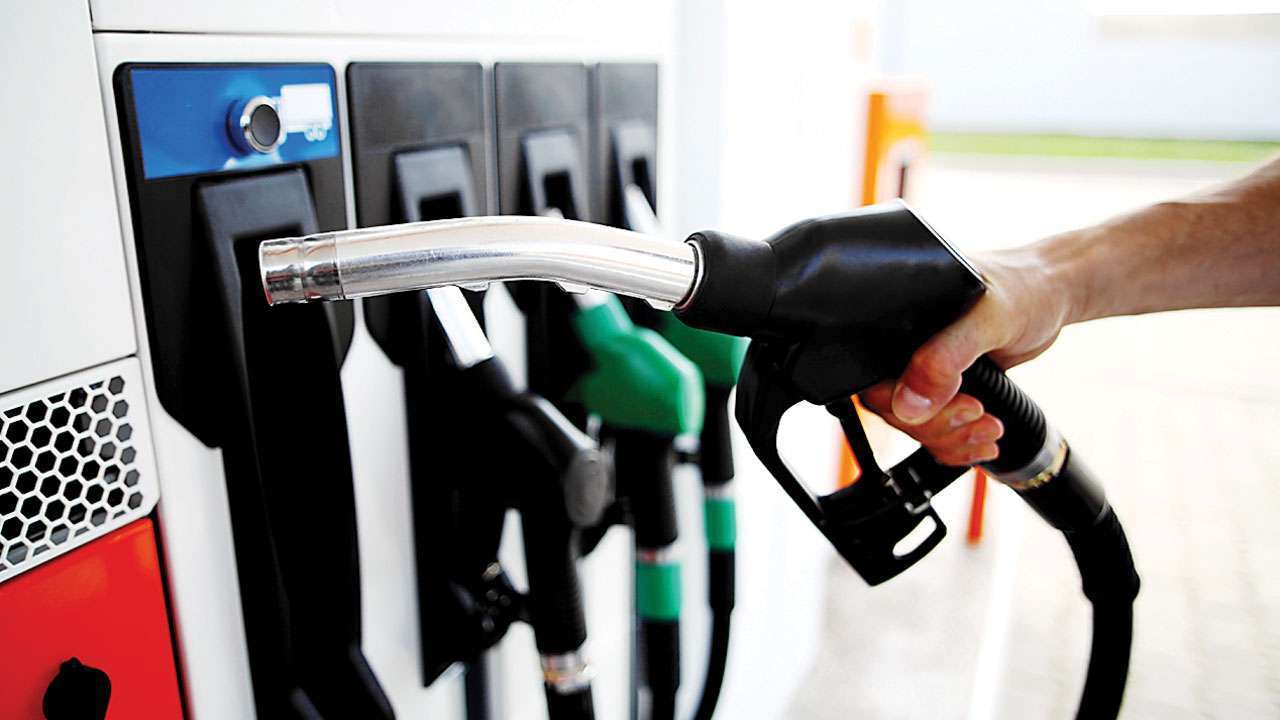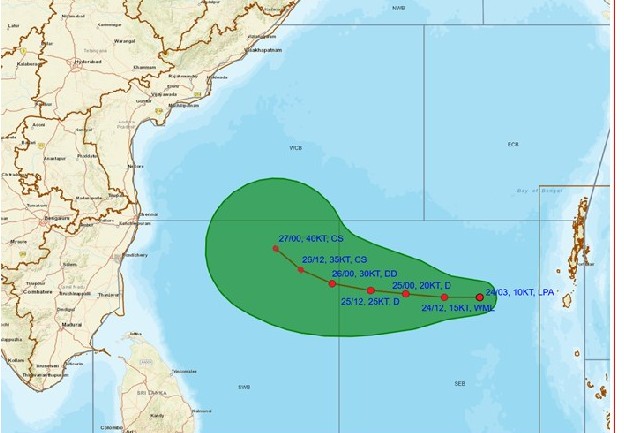Goa: In a groundbreaking report unveiled at the second edition of India Energy Week 2024 in Goa, the International Energy Agency (IEA) has projected that India will emerge as the largest source of global oil demand growth from now until 2030. The report, titled ‘Indian Oil Market Outlook to 2030,’ forecasts that India’s pivotal role in global oil markets will substantially expand over the next decade, driven by robust economic growth, a burgeoning population, and evolving demographics.
The IEA report highlights key factors contributing to India’s rising demand for oil, including urbanization, industrialization, the growth of a wealthier middle class seeking mobility and tourism, and efforts to achieve greater access to clean cooking. These factors are expected to drive an increase of almost 1.2 million barrels per day (mb/d) in oil demand, accounting for more than one-third of the projected 3.2 mb/d global gains, reaching 6.6 mb/d by 2030.
Massive industrial expansion is identified as a significant driver, with diesel/gasoil emerging as the single largest source of oil demand growth in India. It is projected to account for nearly half of the rise in the nation’s demand and more than one-sixth of total global oil demand growth through 2030.
The report notes that jet-kerosene demand in India is set to grow strongly, albeit from a low base compared to other countries, while gasoline will experience a more modest increase due to the electrification of India’s vehicle fleet. Liquefied Petroleum Gas (LPG) will play a crucial role in India’s growth story, driven by investments in petrochemical production facilities.
India’s government is recognized for its leadership in bringing clean cooking programs to rural populations, leading to a three-fold surge in LPG imports over the past decade. Further initiatives are expected to sustain demand growth through 2030.
The report emphasizes substantial investments by Indian oil companies in the refining sector to meet the surge in domestic oil demand. Over the next seven years, India is poised to add 1 mb/d of new refinery distillation capacity – the most significant addition worldwide outside of China.
Additionally, the IEA report highlights the role of electric vehicles (EVs) and energy efficiency improvements in mitigating oil demand. It estimates that new EVs and energy efficiency measures will avoid 480 kb/d of extra oil demand between 2023 and 2030.
Biofuels are identified as a key player in India’s efforts to decarbonize the transport sector, with the country boasting one of the world’s highest ethanol blending rates at around 12%. The IEA report notes that India has expedited its deadline for doubling nationwide ethanol blending in gasoline to 20%, now targeted for Q4 2026.





